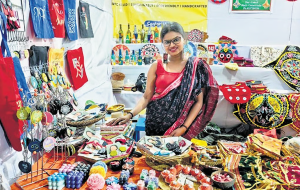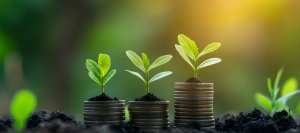
Bengaluru’s ₹1-cr 2BHKs Spark Debate On Sustainability Of City’s Real Estate
Bengaluru’s real estate market is facing growing scrutiny as even basic 2BHK apartments now routinely cost ₹1 crore or more, raising fears of an emerging housing bubble. Adding to these concerns is the city’s escalating water crisis. With groundwater depletion, shrinking lakes, and heavy dependence on tanker water, many new high-rise projects lack sustainable water sources. This mismatch between soaring property prices and declining urban livability has intensified worries about the long-term stability of Bengaluru’s real estate boom.










